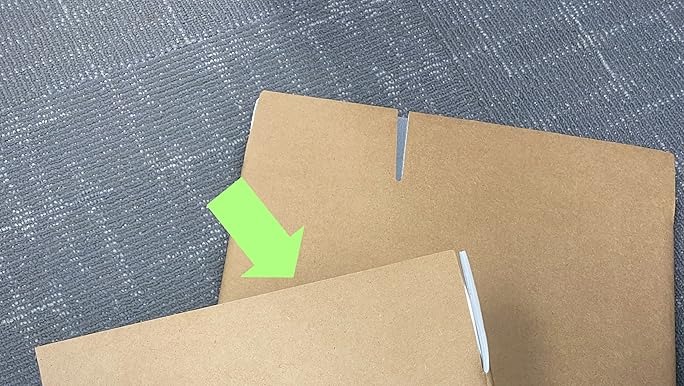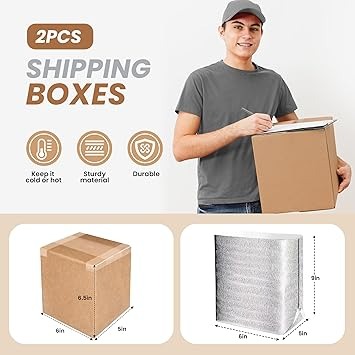Introduction
Shipping frozen food safely requires reliable packaging that maintains temperature integrity. Our foil-insulated shipping boxes with bag liners are engineered for superior thermal protection, ensuring your products arrive fresh and frozen.
This guide covers:
✔ Why insulated cardboard is essential for frozen food
✔ Key features of high-performance cold chain packaging
✔ How to choose the right insulation for your needs
✔ Sustainable and cost-effective solutions

Why Use Insulated Cardboard for Frozen Food?
Shipping frozen food without proper insulation risks spoilage, customer complaints, and financial losses.
Insulated cardboard boxes:
✅ Extend temperature retention – Slows heat transfer for 24–72 hours.
✅ Protect against external temperatures – Effective in hot or cold climates.
✅ Are lightweight yet durable – Easier to ship than bulky coolers.
✅ Meet food safety standards – FDA-compliant materials for direct food contact.
Common Applications:
Meal kit deliveries
Frozen seafood & meat
Pharmaceuticals & lab samples
Ice cream & dairy products
Key Features of Our Foil-Insulated Shipping Boxes
Our foil-insulated boxes with bag liners outperform standard packaging with:
1. Multi-Layer Insulation Technology
Outer Corrugated Cardboard – Sturdy structure for stacking.
Foil-Backed Insulation Layer – Reflects heat to maintain internal temps.
Waterproof Inner Liner – Prevents condensation and leakage.
2. Superior Temperature Retention
Keeps contents frozen for 24–48 hours (depending on external conditions).
Compatible with gel packs, dry ice, or phase change materials for extended cooling.
3. Eco-Friendly & Customizable
Recyclable materials – Reduces environmental impact.
Custom sizing – Tailored to fit your product dimensions.
4. Cost-Effective Shipping
Lightweight design lowers freight costs vs. plastic or Styrofoam coolers.
Pre-assembled or flat-packed options for storage efficiency.
How to Choose the Best Insulated Cardboard for Frozen Food

Not all insulation is equal—consider these factors:
1. Insulation Material
| Type | Pros | Best For |
|---|---|---|
| Foil-Bubble | Lightweight, moisture-resistant | Short-distance shipping |
| EPS Foam | High insulation, budget-friendly | Long-haul frozen shipments |
| Vacuum Panels | Ultra-thin, extreme cold retention | Premium perishables (e.g., seafood) |
2. Box Size & Ice Pack Placement
Leave minimal air space – Excess air accelerates thawing.
Place ice packs on top – Cold air sinks, improving cooling efficiency.
3. Shipping Duration & External Conditions
<24 hours: Basic foil insulation + gel packs.
48+ hours: Thicker EPS foam + dry ice.
Sustainability in Frozen Food Packaging
Consumers demand eco-friendly solutions. Our boxes feature:
♻ Recyclable cardboard & liners
🌱 Biodegradable insulation options
📦 Minimalist design to reduce waste
FAQs About Insulated Shipping Boxes
Q: How long will my frozen food stay cold?
A: Typically 24–72 hours, depending on insulation thickness and coolant used.
Q: Can I reuse these boxes?
A: Yes! Our durable construction allows multiple uses if undamaged.
Q: Are these boxes airline-approved?
A: Most comply with IATA standards, but check with your carrier for dry ice restrictions.
Why Choose Our Insulated Shipping Boxes?
✔ Tested for extreme temperatures (-20°F to 120°F)
✔ Custom branding available (print your logo or instructions)
✔ Bulk discounts for high-volume orders
📦 Get a Free Sample Today! → [Contact Us]

